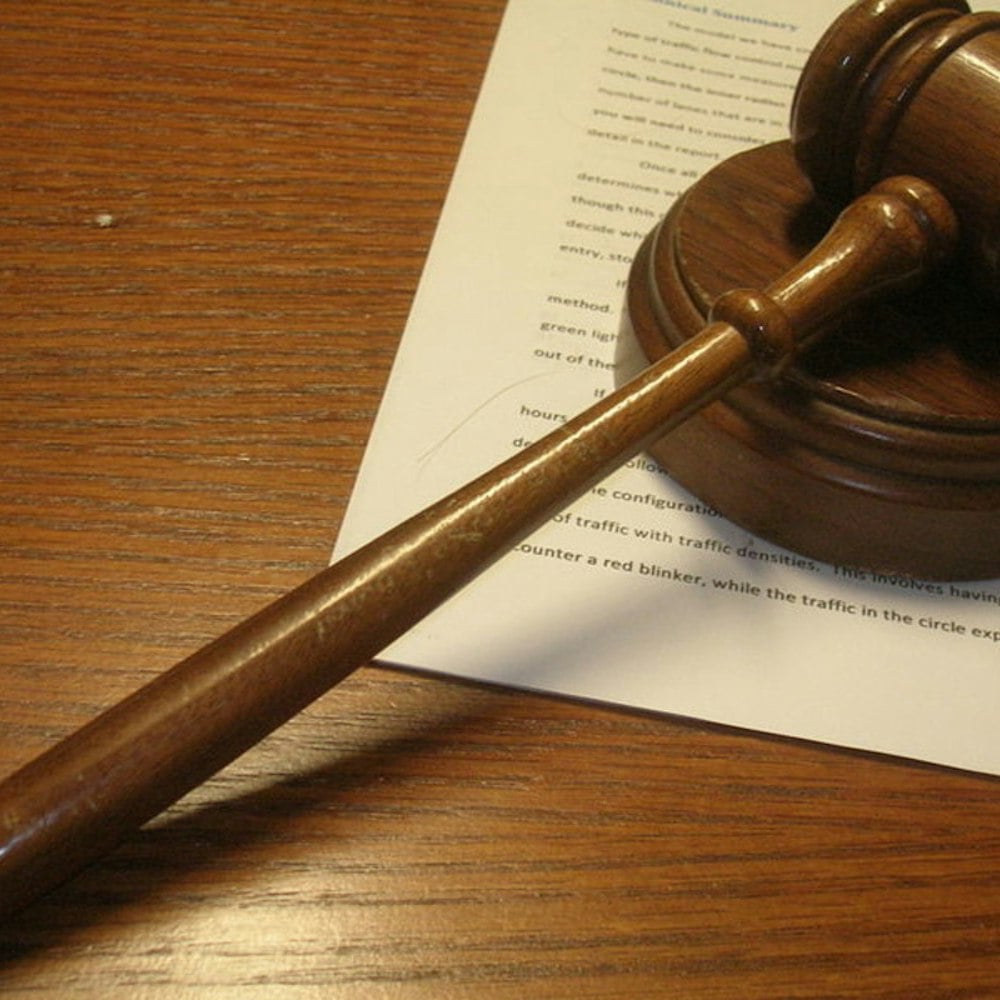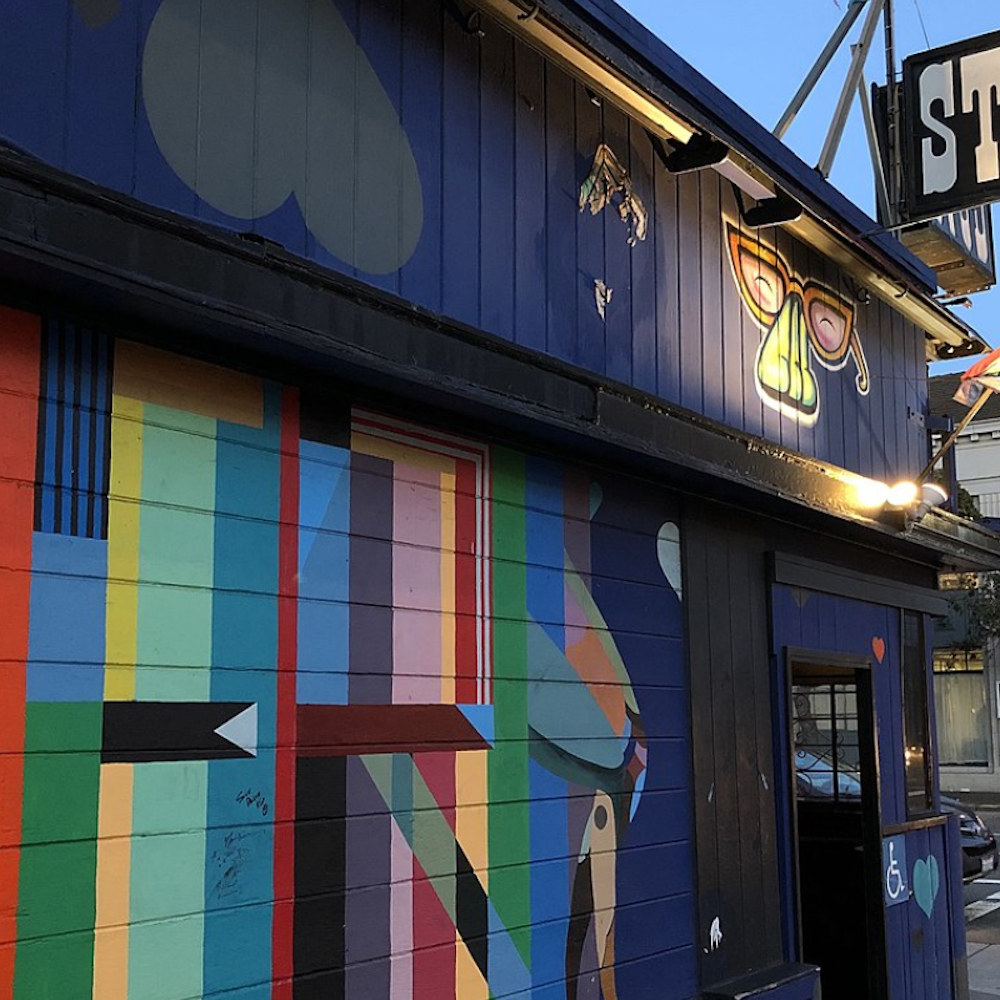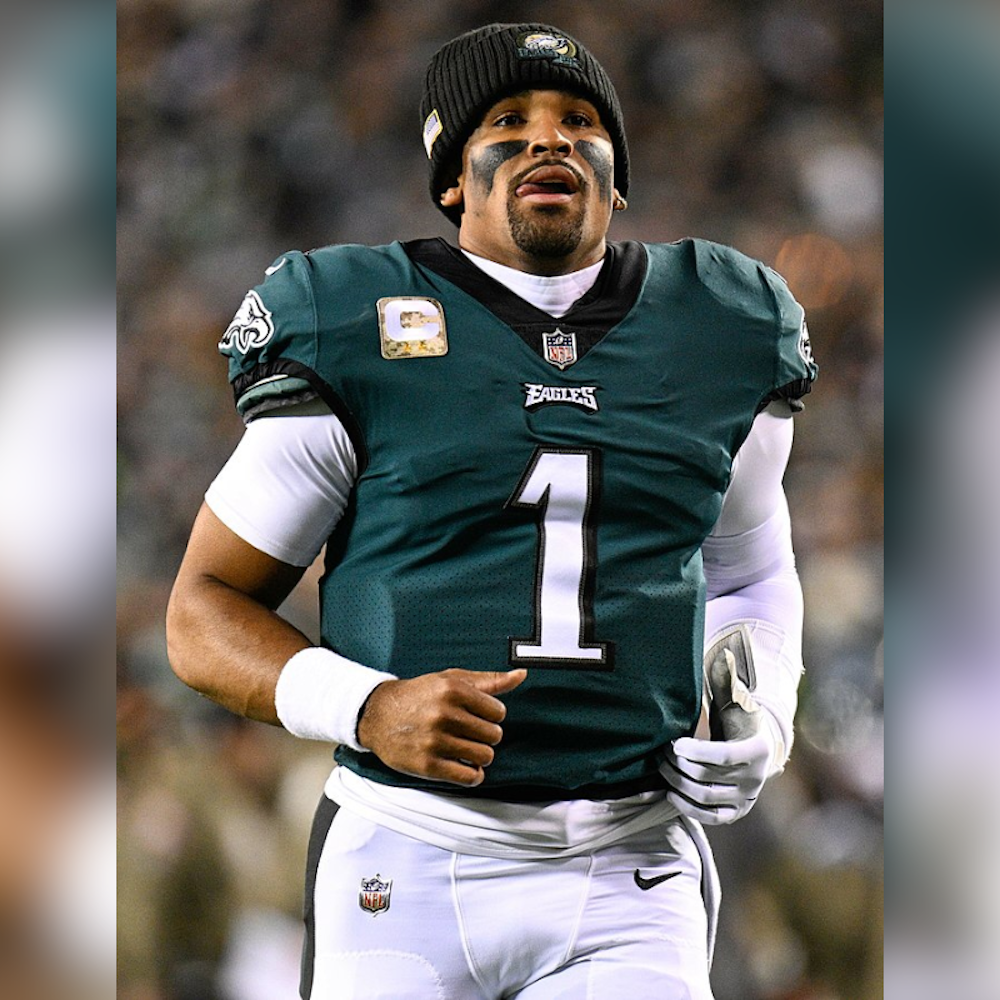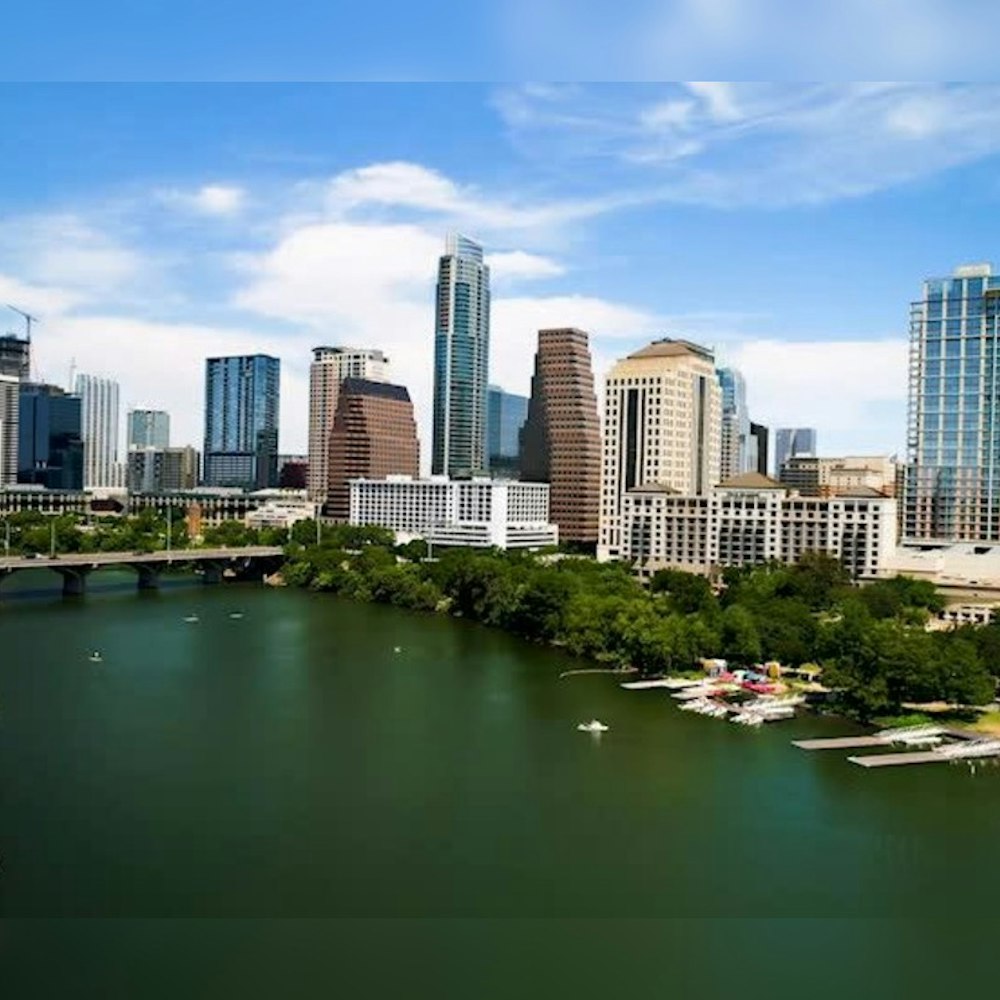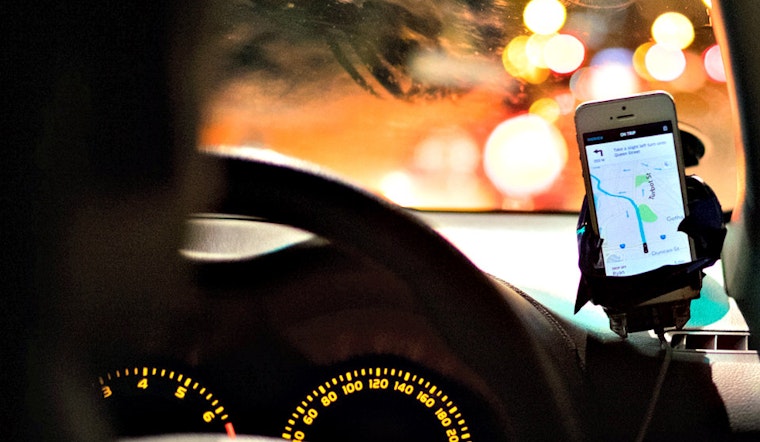
Uber has deployed a new fare system that uses machine-learning technology and artificial intelligence to predict what customers are willing to pay. As a result, fares aren't calculated based on distance or demand, but are set according to which neighborhoods a rider travels between.
Some drivers have called foul, claiming the company never told them about the route-based pricing system and alleging that Uber is keeping the extra cash for itself.
Previously, the ride-hail giant calculated fares based on a number of factors, including mileage, time and geographic demand.
The new pricing model stems from “upfront pricing,” a feature Uber introduced last year that guarantees passengers a certain fare before they request a ride. However, it was unclear how the company estimated those rates and how it determined how much to pay drivers.
In an interview with Bloomberg last week, Uber’s head of product, Daniel Graf, talked about the new pricing system the company has been testing for months in 14 select US cities, thus explaining to drivers (and riders) why there’s a discrepancy between how much they get paid and what riders pay.
For example, someone traveling from Pacific Heights to Sea Cliff might be charged more than another rider traveling between two poorer neighborhoods — even if demand, traffic and distance are alike.
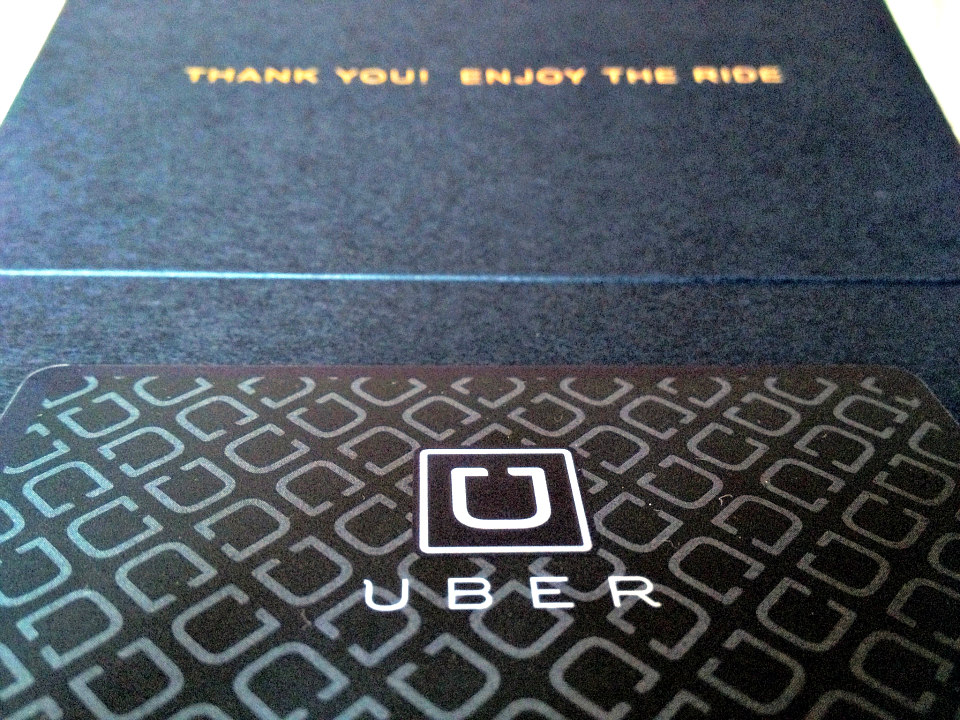
Some Uber drivers say route-based pricing lets the company collect more from riders while shortchanging drivers. The company, however, said it’s putting the bulk of that revenue into increasing the number of trips, subsidizing UberPool, and handing out driver bonuses.
What’s left over may help the company figure out a pricing model (and driver payment model) that allows it to become profitable. At the end of last year, industry analysts determined that Uber's investors are paying $2 billion each year to subsidize rides.
To increase transparency, Uber will now disclose how much a passenger pays for each ride (although it won’t divulge the percentage the company takes for itself). The company will distribute an updated terms of service agreement to its drivers.
Uber’s had a tumultuous year, including the #deleteuber protests in response to company executives’ ties to the Trump administration, a lawsuit filed by the City of San Francisco, and all kinds of drama surrounding its self-driving cars.




